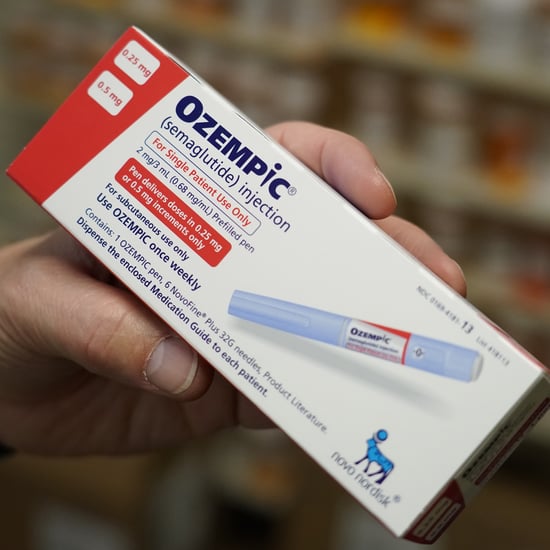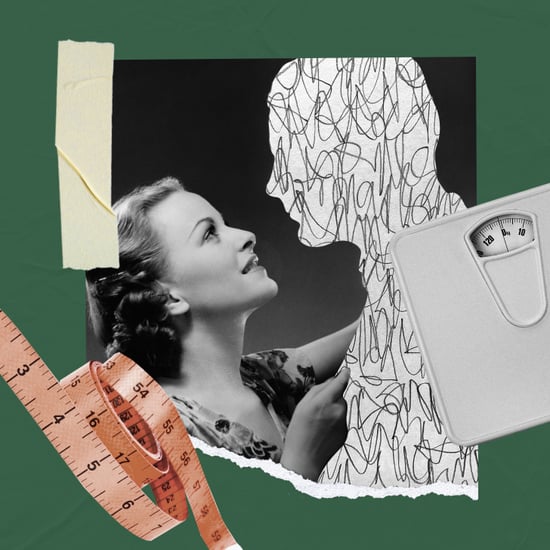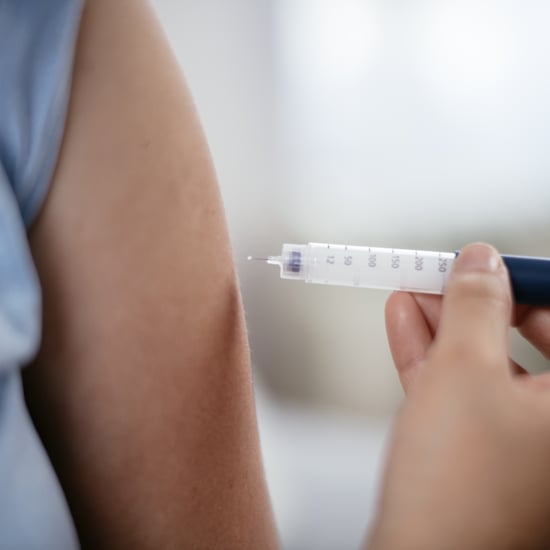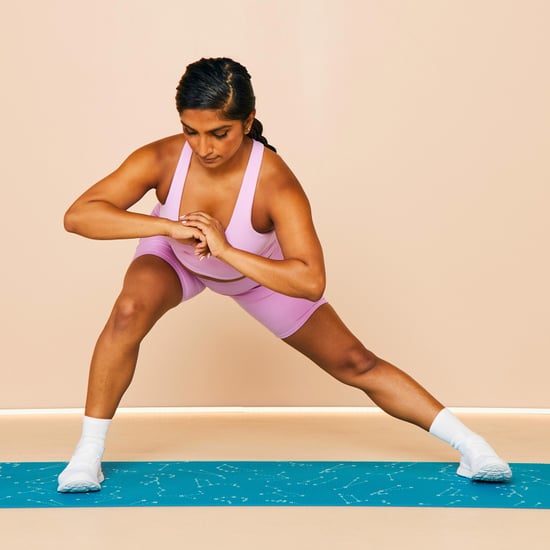What Happens When You Stop the Keto Diet?
What Happened When I Went Keto For 30 Days — and Then Went Off It
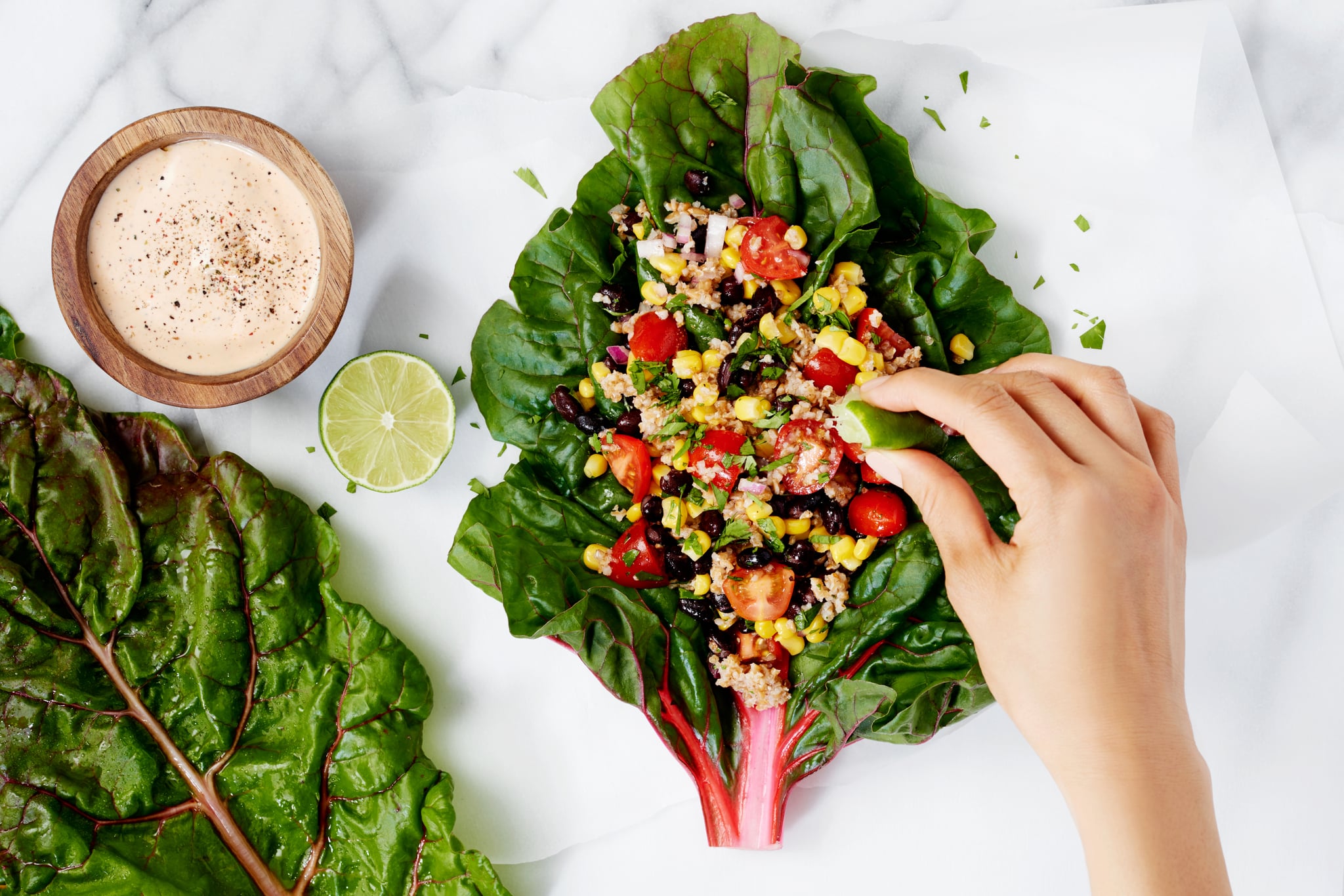
Image Source: POPSUGAR Photography / Maria del Rio
I'm not exactly new to dieting (though I don't particularly like that term). What my boyfriend affectionately refers to as yo-yo dieting, I prefer to call "my nutrition hobby." I love the science of nutrition and have tried many different eating styles over the years, from veganism to Atkins and everything in between. So when the ketogenic diet started to boom in popularity last year, I was intrigued.
It took me a while to commit to going full-on keto. My nutrition philosophy has always involved eating relatively low to moderate levels of carbohydrates. I lost about 40 pounds when I was a senior in high school by adhering to a low-carb diet and have kept the weight off for all of my adult life.
But while eating low-carb isn't particularly new to me, adding in fats — obscene amounts of fat, actually — definitely is. As a self-proclaimed nutrition nerd, I approached keto with a balanced philosophy. My goals were:
- To increase my energy levels and regulate my blood sugar by eating a diet that doesn't trigger an insulin response.
- To lose a little bit of weight (roughly 10 pounds, which I had gained over the past couple of years as a result of straying too often from my usual moderate-carb ways).
- To eat healthy, wholesome fats on the keto diet (not greasy burgers, processed vegetable oils or tons of cheese).
- To obtain the benefits of the keto diet without tracking calories.
- To eventually add carbs back into my diet, having by then "adapted" to ketosis and therefore being able to simply burn through carbohydrates before reverting to fat-burning mode.
I successfully ate keto, adhering to macronutrient ratios of roughly 70 percent fat, 20 percent protein, and 10 percent carbohydrates, for 30 days before beginning to add carbs back into my diet. Here's how it went.
Phase 1: The Keto Flu and Getting Used to Things
I started keto on Jan. 1, and throughout my first week, I experienced a slight decrease in energy that felt a little bit like getting a cold. This is called "keto flu" within the ketogenic community, and it's a pretty common experience that stems from a withdrawal of sorts from sugars (sugars meaning everything from actual cane sugar to the glucose found in sweet potatoes, fruits, and whole grains). Maybe it's because I am already a pretty healthy eater, but my keto flu lasted only about a day and a half, and then I was back on top of my game.
Because I was committed to eating only healthy fats, my diet consisted largely of vegetables, fatty seafood, and free-range eggs and nuts, with a smattering of grass-fed meats. On a typical day of keto, this is what my diet would look like:
Breakfast: Either fasting (no breakfast) or two eggs over easy cooked in grass-fed butter.
Lunch: A big salad with romaine, kale, onions, cucumbers, and an entire avocado, topped with Primal Kitchen Caesar Dressing.
Dinner: Salmon with the skin on alongside a bed of broccoli and cauliflower drizzled in extra virgin olive oil.
Dessert: A fat bomb made with organic coconut oil, cacao powder, almond butter and a couple of drops of liquid stevia.
You'll notice that my meal plan didn't include any snacks. After the keto flu was over, one of the first differences I noticed was that I was suddenly never hungry. Like, for real.
Phase 2: Hunger Subsides
I have always been a snacker. I'm the kind of person who will eat whatever is nearby, simply to be eating. If I get bored, I eat. If I'm watching a movie, I munch. During my second week of keto, I happened to have some almonds (a perfectly keto-friendly snack) sitting at my desk. Despite a relatively monotonous day at work (a factor that would normally lead to me insatiably reaching for every snack in sight), I looked over at my delicious salted almonds, and was like, "Meh." I was so taken aback by the fact that I never felt like snacking, I began to sing the praises of keto left and right.
The scientific reason keto keeps you full is grounded in two facts. First of all, by not consuming any carbohydrates, you no longer need to produce much insulin to regulate your blood sugar. Therefore, you don't experience the blood sugar spikes and crashes that normally lead to being hangry. Secondly, fats are satiating. They tend to keep you much more full than carbohydrate for a much longer period of time. I didn't really believe this when I first went keto because in the past, I'd never felt particularly full after low-carb meals. But there's a BIG difference between a salad and chicken breast (a low-carb meal high in protein but low in fat) and a salad with a gigantic avocado, oil-based dressing, and almonds (low in protein and carbs but very high in fat).
I mention protein because that was a major difference for me. In the past, when eating low-carb, I never really regulated my protein levels. The thing is, your body can create glucose for energy from protein through a process called gluconeogenesis. And as you may have guessed, by going through this process, you restart the glucose-burning cycle again, leading to hunger a few hours down the line.
This is why a true ketogenic diet isn't very heavy in meat. Too much protein = gluconeogenesis = insulin response. So a true ketogenic diet really relies on oils, avocados, nuts, and organic dairy for the majority of meals.
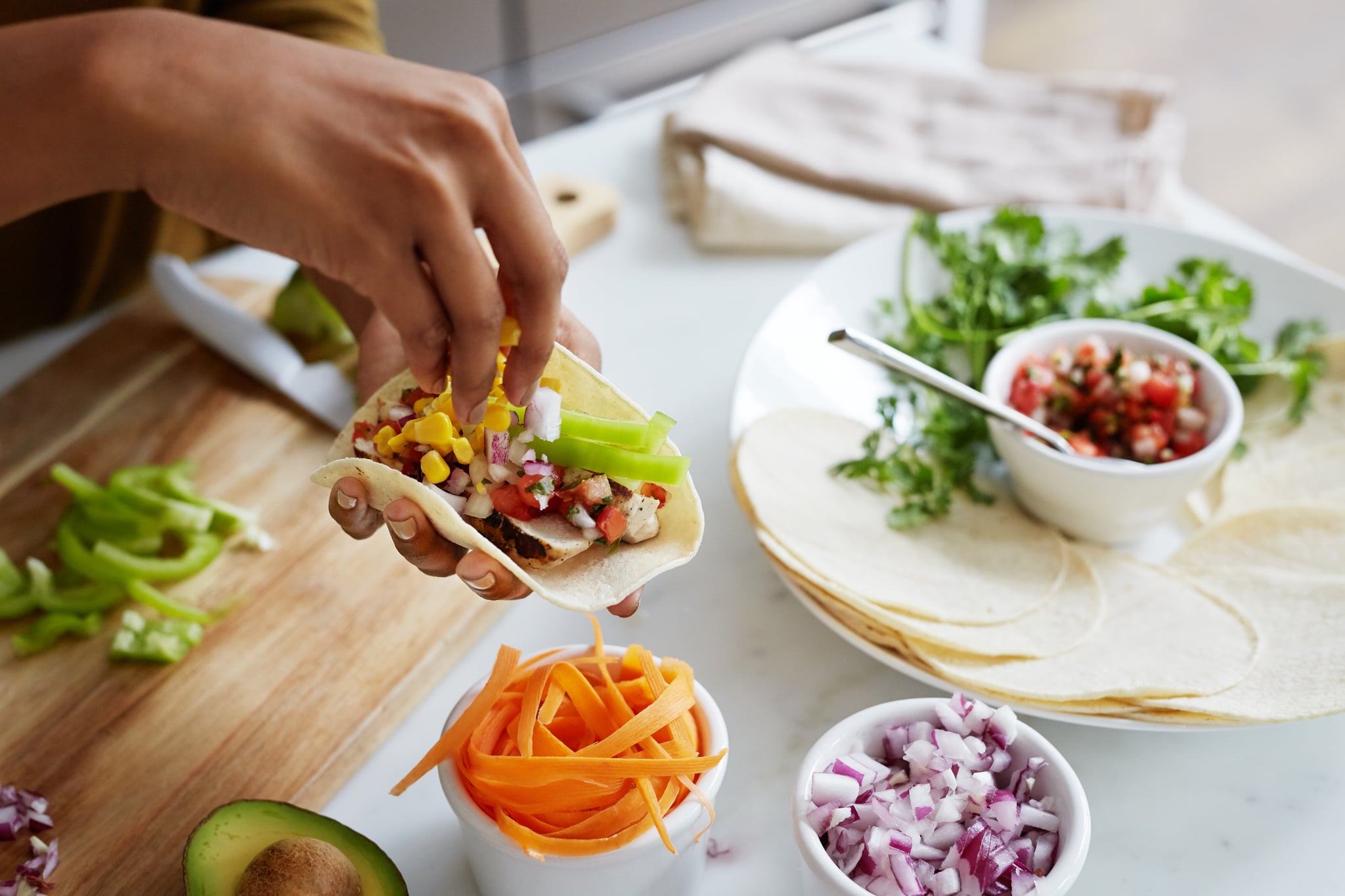
Image Source: POPSUGAR Photography / Sheila Gim
Phase 3: Weight Loss
By week three, I was feeling great. No hunger pangs, no cravings, and . . . weight loss. Around week three I started to notice that the weight was really falling off. I was determined not to look at the scale until the end of my month on keto, so I couldn't confirm exactly how much I had lost by this point. But everyone around me was starting to comment on the noticeable difference in my frame.
Phase 4: Returning to a Normal Diet
By the end of the month, I was excited about my progress and really glad that I'd tried keto. There were a couple of purported benefits that I didn't really experience . . . and it may be that I didn't eat keto long enough to experience them. My skin didn't get any clearer, and I never achieved the crazy mental clarity that a lot of proponents say happens on keto.
But at the end of January, I stepped on the scale and discovered that I had lost about 14 pounds. Not bad for one month! I began to step up my exercise regimen so as to maintain this drop in weight and start "carbing up" once a week with healthy, Paleo-friendly carbs to replenish my glycogen stores and keep my muscles strong.
This was where I ran into roadblocks. It is hard to stay keto once you're no longer eating 100 percent keto. That complete lack of hunger I experienced went right out the window after I started reincorporating carbs, however minimal, into my diet.
My nutrition knowledge and intuition tell me that it's not healthy to remain in a state of ketosis all the time. Our muscles need glucose to stay strong and to function well. I had initially been excited at the idea of being in ketosis about 80 percent of the time and then eating Paleo before lifting sessions, thinking I'd achieve the best of both worlds. But the minute I started doing that, hunger began kicking in again, and I quickly went from eating a Keto-Paleo diet to simply eating a moderate-carb, clean diet.
A moderate, clean diet isn't a bad thing. In fact, it's a really good thing! But I was disappointed in the clumsiness of transitioning from keto back to "normal." Unfortunately, it's just not as simple as it sounds.
The good news? Over the past month, since incorporating carbs back in, I've only gained about 2 pounds, which I attribute to water weight that I wasn't retaining when I was in ketosis. I think the weight stability is heartening — and definitely a testament that my long-held belief that "diets don't work" is an outdated philosophy. Diets, ketogenic or otherwise, DO work, if you can turn them into long-term healthy habits.

